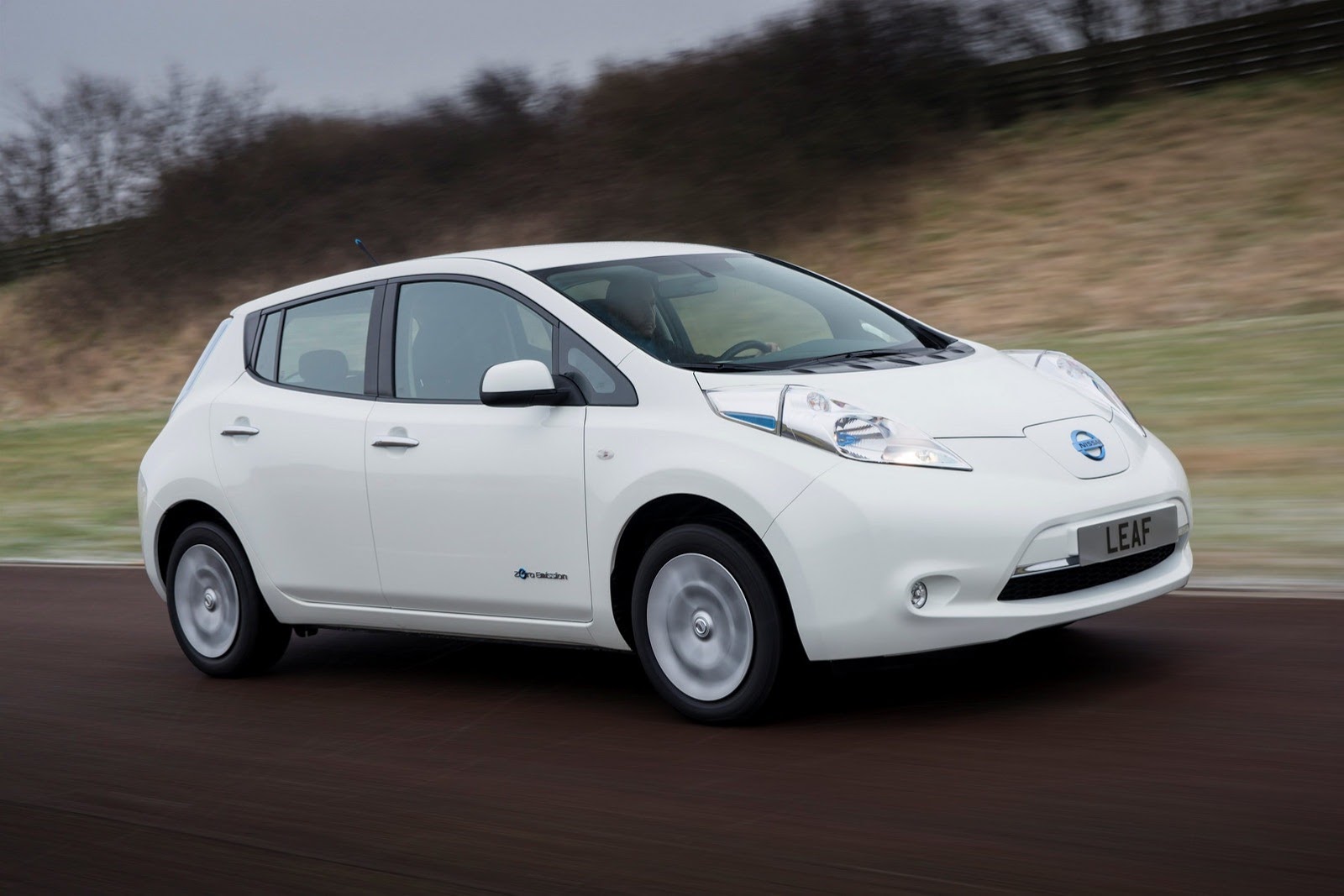Electric mobility is not a popular thing in Russia, with EVs accounting for less than 0.2 percent of the country’s passenger vehicles. However, the eastern part of the country is leading the way in terms of electrification with more and more people buying used EVs that were imported for Japan.
According to Bloomberg, around 20 percent of the electric vehicles imported in Russia between January and May 2021 were sold in the eastern region, where only 4 percent of the population resides. In contrast, Moscow, which has more than double the population compared to the east, accounts for only 14 percent of Russia’s EV sales.
This statistic anomaly happens for two main reasons, low import costs and cheaper electricity, both unique to eastern Russia. Thanks to the area’s position close to Japan, importing used EVs is easier and cheaper than elsewhere. For example, prices for a used 2011 Nissan Leaf in the popular website auto.ru start from as low as ₽350,000 ($4,763)! That is cheaper than a brand new Lada Granta which sells for around ₽400,000 ($5,444).
Read Also: Russia Wants To Increase Local EV Production And Increase Sales By Subsidizing 25% Of Their Price
But it is not only the EVs’ low prices attracting new customers. Thanks to the government’s subsidies, they can be significantly cheaper to run than conventional vehicles using gasoline in this specific area. Bear in mind that people in eastern Russia pay a premium of 6 percent over the nation’s average gas price which makes things even worse for ICE-powered automobiles.
Altogether, driving a used Nissan Leaf in eastern Russia would result in yearly savings of around ₽40,000-50,000 ($544-680) compared to the aforementioned Lada, according to data by Vygon Consulting.
The EV sales spike in eastern Russia will probably contribute to spreading their popularity across the country. A few days ago, the Russian government announced plans to promote local production and sales of electric cars by subsidizing their price by 25 percent up to a maximum of ₽625,000 ($8,538). This will make locally produced EVs more affordable to Russian citizens, thus helping with lowering the country’s carbon dioxide emissions.






